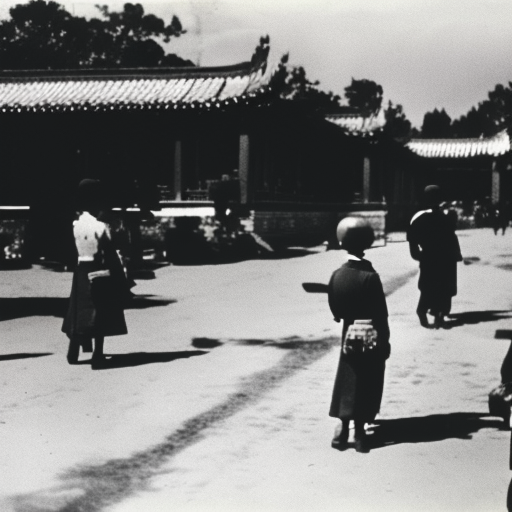Summary: The Chinese Civil War was a conflict that took place between the Chinese Communist Party (CCP) and the Nationalist Party (Kuomintang, or KMT) from 1945 to 1949. The war resulted in the victory of the CCP, led by Mao Zedong, and the establishment of the People’s Republic of China. The conflict had significant consequences for China’s political, social, and economic landscape.
Background:
The Chinese Civil War can be traced back to the early 20th century when the Qing Dynasty collapsed, leading to a power vacuum in China. The KMT, under the leadership of Sun Yat-sen, aimed to establish a democratic republic in China. However, the KMT’s power was challenged by regional warlords and the CCP, which sought to establish a communist state.
First Phase (1927-1937):
The first phase of the Chinese Civil War began in 1927 when the KMT launched a campaign to eliminate the CCP. The KMT’s leader, Chiang Kai-shek, purged communists from the party and initiated a series of military campaigns against them. The CCP, led by Mao Zedong, retreated to rural areas and began organizing peasant uprisings.
Second Phase (1937-1945):
The second phase of the civil war was interrupted by the Japanese invasion of China in 1937. The KMT and the CCP temporarily formed a united front to fight against the Japanese. However, the two parties continued to have ideological differences and conflicts during this period. The CCP focused on mobilizing peasants and building a base of support, while the KMT relied on urban elites and foreign assistance.
Third Phase (1945-1949):
The third phase of the Chinese Civil War began after Japan’s surrender in 1945. The KMT and the CCP resumed their conflict, with the CCP gaining momentum and support from the rural population. The KMT, plagued by corruption and inflation, struggled to maintain control. In 1949, the CCP launched a major offensive and captured key cities, including Beijing and Nanjing. Chiang Kai-shek and the remnants of the KMT fled to Taiwan.
Consequences:
The Chinese Civil War had profound consequences for China. The victory of the CCP led to the establishment of the People’s Republic of China in 1949, with Mao Zedong as its leader. The KMT, on the other hand, retreated to Taiwan and established the Republic of China. The conflict resulted in a divided China, with the mainland under communist rule and Taiwan under KMT control.
The establishment of the People’s Republic of China brought significant changes to the country. The CCP implemented land reforms, collectivized agriculture, and launched campaigns such as the Great Leap Forward and the Cultural Revolution. These policies had far-reaching social and economic consequences, leading to widespread famine, political purges, and social upheaval.
Internationally, the Chinese Civil War had implications for the Cold War. The victory of the CCP was seen as a significant setback for the United States, which had supported the KMT. The United States and other Western countries refused to recognize the People’s Republic of China and continued to support Taiwan diplomatically.
In conclusion, the Chinese Civil War was a protracted conflict between the CCP and the KMT that resulted in the victory of the CCP and the establishment of the People’s Republic of China. The war had significant consequences for China’s political, social, and economic landscape, leading to the implementation of communist policies and the division of China into two separate entities.












